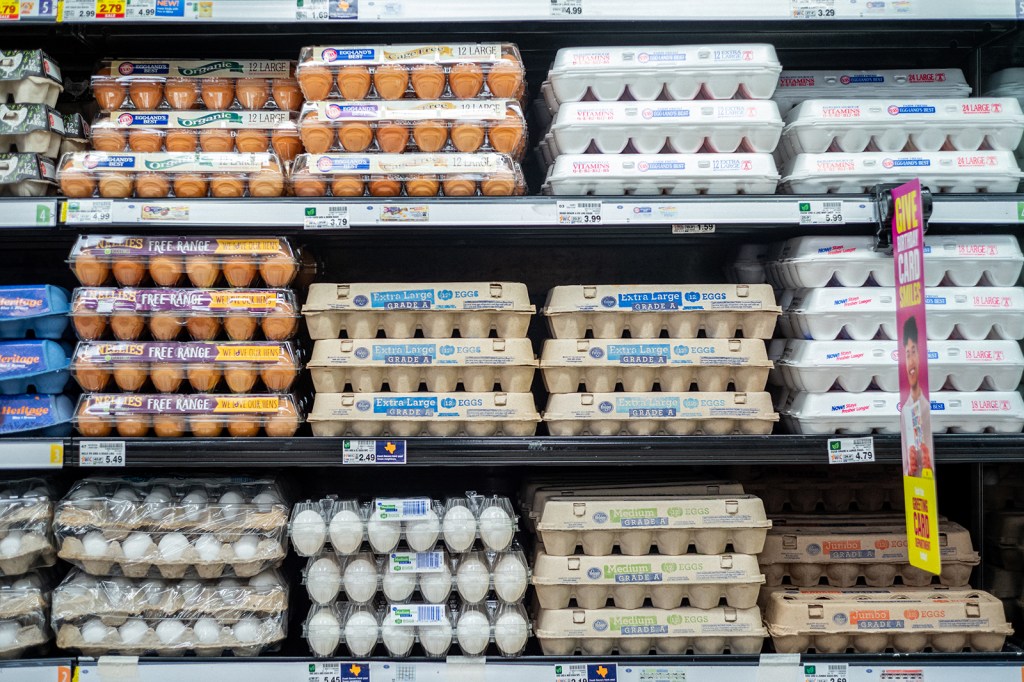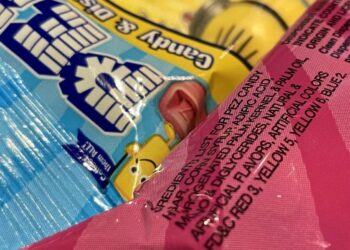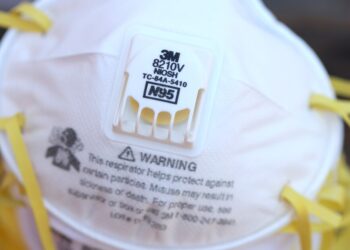Arthur Allen | (TNS) KFF Health News
Even a peep of news about a new flu pandemic is enough to set scientists clucking about eggs.
They worried about them in 2005, and in 2009, and they’re worrying now. That’s because millions of fertilized hen eggs are still the main ingredient in making vaccines that, hopefully, will protect people against the outbreak of a new flu strain.
“It’s almost comical to be using a 1940s technology for a 21st-century pandemic,” said Rick Bright, who led the Health and Human Services Department’s Biomedical Advanced Research and Development Authority (BARDA) during the Trump administration.
It’s not so funny, he said, when the currently stockpiled formulation against the H5N1 bird flu virus requires two shots and a whopping 90 micrograms of antigen, yet provides just middling immunity. “For the U.S. alone, it would take hens laying 900,000 eggs every single day for nine months,” Bright said.
And that’s only if the chickens don’t get infected.
The spread of an avian flu virus has decimated flocks of birds (and killed barn cats and other mammals). Cattle in at least nine states and at least three people in the U.S. have been infected, enough to bring public health attention once again to the potential for a global pandemic.
As of May 30, the only confirmed human cases of infection were dairy workers in Texas and Michigan, who experienced eye irritation. Two quickly recovered, while the third developed respiratory symptoms and was being treated with an antiviral drug at home. The virus’s spread into multiple species over a vast geographic area, however, raises the threat that further mutations could create a virus that spreads from human to human through airborne transmission.
If they do, prevention starts with the egg.
To make raw material for an influenza vaccine, virus is grown in millions of fertilized eggs. Sometimes it doesn’t grow well, or it mutates to a degree that the vaccine product stimulates antibodies that…
Read the full article here







